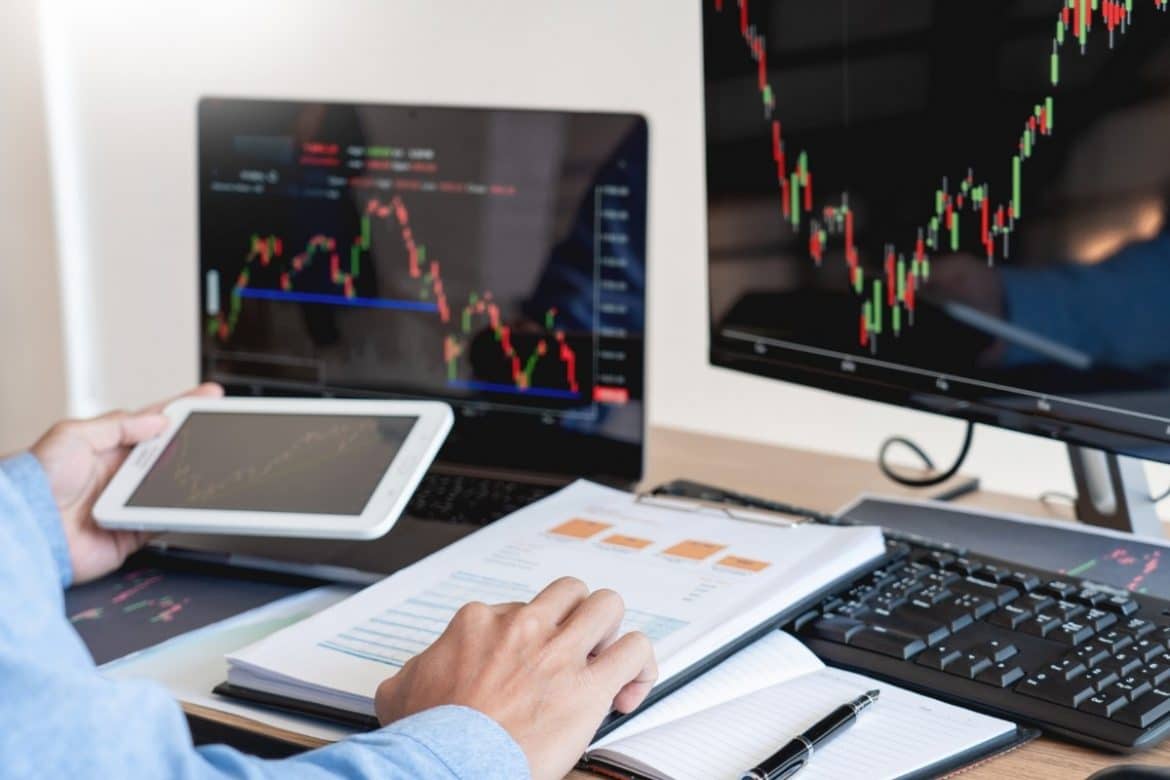Is it possible to teach yourself forex trading? This is a guide about teaching beginners how to trade the forex market. Welcome to the DIY Forex Trading School!
Step 1 Learn About the Psychology to Trading
The key to trading successfully in the forex market a lot depends on how you handle after a loss. It is how you dealt with the loss of money that differentiates between a novice trader and a professional trader.
Trading is managing the two components of our human emotions – the fear and greed. Understanding these two human emotions is very important because the market is human driven. This will mean to a certain extent, based on greed and fear, a person will be able to predict with some accuracy on how the market performs.
Step 2 Trade with a Plan
It is important that one person understands how many types of market condition are there. There are three market conditions, trending, ranging and consolidation. Having understands the different market conditions, it should be decided by the traders what strategies will perform the best in the current conditions.
As market conditions are constantly changing, a trader must possess a sound idea of the various investment strategies and adapting to the fast changing financial markets.
It is a common saying- if you fail to plan, you plan to fail. Even though you have a plan, it does not mean you will win all the time but if you fail to plan, it is guaranteed that you will lose in the long term. Trading is after all a probability games. Having a plan before you start trading increase your probability to win.
A trading plan consists of five components. These five components will be discussed in my other articles. Trading plan seeks to conquer and eliminate trading with human emotions. It encourages trading in a logical and systematic way without the two human emotions.
Step 3 Minimise Risk With Proper Money Management
Even with a plan, a trader will still fail if he does not follow a strict money management. A sound money management will restrict the money loss up to certain predefined level so that any loss incurred will not ever bring the trader out of business.
Trading the market is about surviving the market today so that you can come back to trade tomorrow, isn’t it? As long as you have the money, the market will present plenty of opportunities for you. However, if you lose all your money in any single trade, you cannot capitalise on future opportunities anymore.
A general guide will be to risk not more than 2% of your equity in any single trade. And 6% of account equity is the maximum amount of risk you undertake in any single month. Abiding by these two rules will ensure you stay in the market for as long as you can regardless of how much you have in your account.
Step 4 Repeat step 1 to 4 with discipline and never give up.
Trade consistently and have a good record keeping for trading assessment later. Never attempt to change the plan while you are trading. Stick to the plan and trade with a demo account until you are very confident with the trading strategy.
Step 5 Trading Assessment and Optimisation
Review and make improvements to your trading plan after trading for 3 months or 200 executed trades whichever comes first. This is to ensure that the result of trading is reliable based from results obtained from large no of trades.
One of the mistakes that many traders makes is that they make changes to a trading plan over a short period of time without giving the plan enough time to show its facts. This is because every systems will have its losing cycle and profiting cycle.
Look forward to more guides from DIY Forex Trading School. And it is always handy to get a few good trading books from the book stores to learn the basics about forex trading. This guide is designed in a simple and easy way and intended to provide practical insights to learning forex trading. Hence, certain information about the forex market are not covered.
